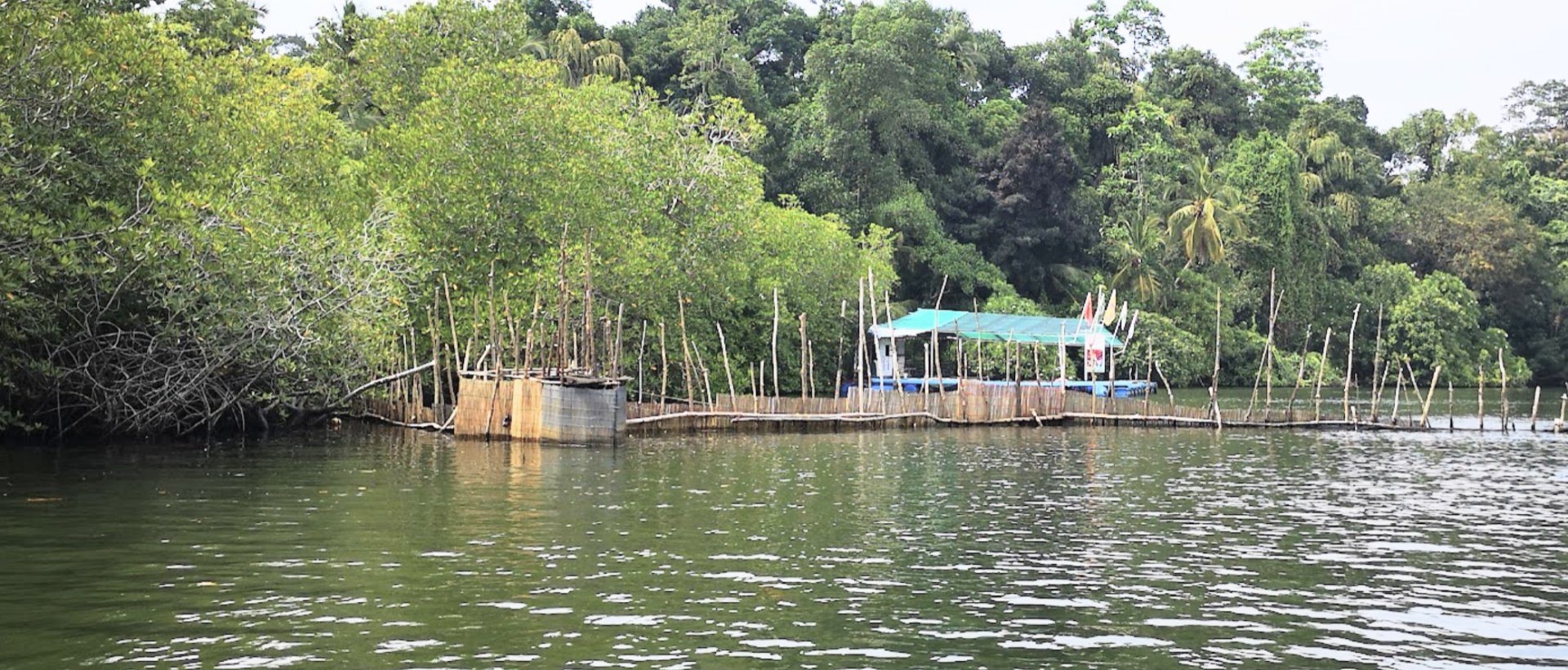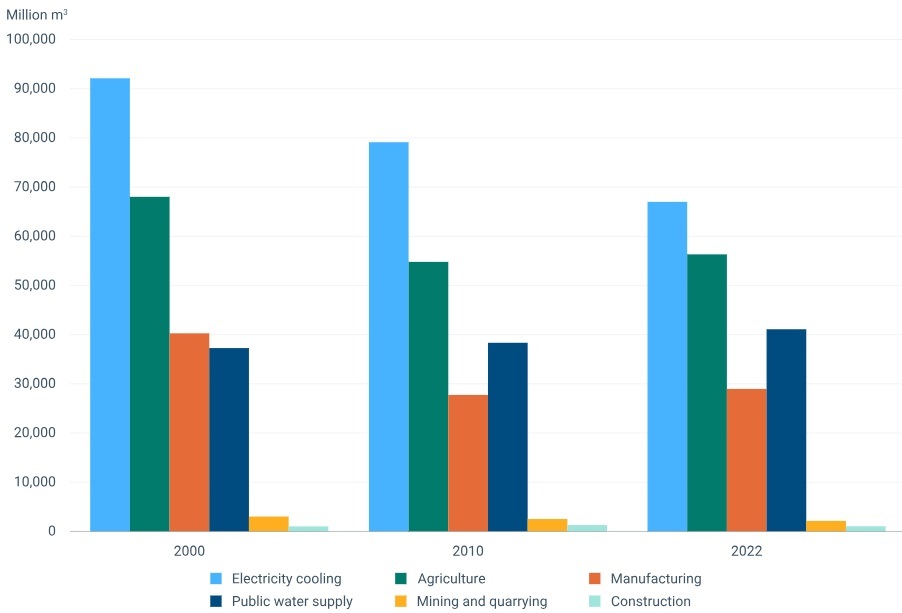
MOOC: Auditing Water Issues
Use of water
We need and use water daily for various purposes, for example, to maintain hydration (the human body needs about 2,5-3,5 litres of water daily to ensure optimal hydration []), to cook and for sanitation purposes. Not only do we need water for our personal use, we need water for agriculture and food production, which means that our economy is also dependent on water. Water is also used in industries for cooling and in mines for transporting ore.
Water is generally abundant in Europe, but there is a marked difference between northern and southern parts of the continent and there has been an intensification of areas affected by water scarcity conditions since 2010. Approximately a third of the European Union (EU) population and its territory is being affected by water scarcity every year, including up to 70% of its people seasonally during summer stress. For countries in South Europe, this trend is becoming especially worrisome, further exacerbated by the changing climate, inducing more frequent droughts. []

Figure 4. Annual water use by sector in Europe in 2000, 2010 and 2022 []
The main sectors using renewable water resources in Europe are electricity production and agriculture. In 2022, water was used in these areas 34% and 29% of the total annual water abstraction, respectively. [] The consumption of drinking water in the EU is rather high and the demand of public supply of water has been on a rising trajectory.
Another activity which does not constitute a large share in total water use in Europe, but nevertheless significantly disturbs the natural circumstances is mining, which usually requires the lowering of the water table (i.e. the level of groundwater). For example, large quantities of water are used in several mining processes for transporting ore. Water plays a significant role in many industrial processes, where it is often used for cooling.
Water is also necessary for producing electricity for hydropower and nuclear power plants. Rivers and lakes provide natural transportation routes, e.g. the River Danube is a waterway between northern and southern Europe.
Finally, water has a central role in recreation. Water bodies enrich the landscape and scenery and inspire us to engage in sports or photography.
Freshwater is not always ready for consumption without purification for different reasons. Water may contain undesirable chemicals, plastics, biological contaminants, suspended solids and gases, which must be removed. Water purification and its distribution through pipelines requires investment and incurs daily maintenance costs. Therefore, there is a cost for tap water. In dry areas, several countries are dependent on desalination plants, where freshwater is produced from marine water. According to International Desalination and Reuse Association, over 300 million individuals around the world are dependent on desalinated water to meet daily needs. []
 THINKING EXERCISE
THINKING EXERCISE
- Which sectors are the biggest water consumers in your country?
- What is celebrated on 22 March?
Availability of drinking water is considered a human right.
On 28 July 2010, the United Nations (UN) Resolution 64/292 explicitly recognized the human right to water and sanitation and acknowledged that clean drinking water and sanitation are essential to the realisation of all human rights. [] The resolution calls upon UN member states and international organisations to provide financial resources, capacity building and technology transfer to help countries, in particular developing countries, to provide safe, clean, accessible and affordable drinking water and sanitation to all. UN General Assembly stated:
‘The human right to water is indispensable for leading a life in human dignity. It is a prerequisite for the realization of other human rights.’ []
The right to water is defined by the UN as the right of everyone to sufficient, safe, acceptable, physically accessible and affordable water for personal and domestic use. []


